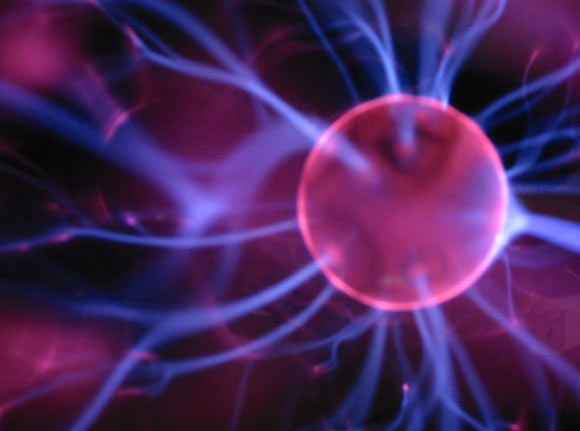A team of scientists from Curtin University, the Australian National University and the University of New South Wales has demonstrated that the breaking of chemical bonds — a pair of electrons — is what causes the surface of two objects to gain an excess of electrical charges when rubbed together.

Zhang et al explained the enigmatic phenomenon of triboelectricity and why it occurs. Image credit: Alexandre Dulaunoy / CC BY-SA 3.0.
“While the visible effects of triboelectric charging were commonplace, the molecular origin of the electrification process remained hotly debated,” said Dr. Simone Ciampi, a researcher at Curtin University.
“A particularly contentious aspect of the debate included explaining why some plastics were more easily charged than others, and why some acquired a net positive electrical charge while others charged to negative values.”
“Children’s hair attracted to a party balloon, the static zap you get when stepping out of your car and the transfer of ink to the toner of a laser printer are all everyday examples of static electricity yet there is much that remains unanswered about the phenomenon.”
The key discovery is the revelation of a material-specific relationship between a plastic sample’s net charge and its ability to turn charged soluble metal ions into metallic solid deposits.
“Our research extends our chemical understanding of static electricity, and also paves the way for a design of plastic materials where electrification upon contact — deliberate or not — can be either maximized or prevented,” Dr. Ciampi noted.
The results have potential implications for safer operations and greater efficiencies across various industries, including the mining, electronics and printing sectors.
“These findings have many potential applications, including in the design of pipes transporting flammable hydrocarbons where charging and sparks are unwanted, in nanotechnology and in the design of laser printer toners,” Dr. Ciampi said.
The study was published in the Journal of the American Chemical Society.
_____
Jinyang Zhang et al. 2019. Electrochemistry on Tribocharged Polymers is Governed by the Stability of Surface Charges Rather than Charging Magnitude. J. Am. Chem. Soc 141 (14): 5863-5870; doi: 10.1021/jacs.9b00297




![Chemical structure of the cyclo[48]carbon [4]catenan. Image credit: Harry Anderson.](https://cdn.sci.news/images/2025/08/image_14141-Cyclo-48-Carbon-104x75.jpg)


